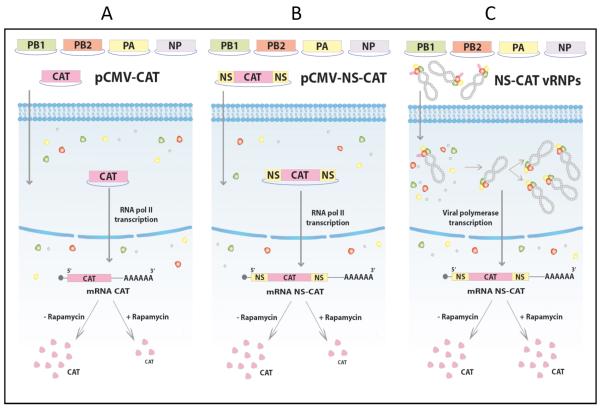Figure 5. Scheme used for the evaluation of eIF4E dependence on CAT expression driven by RNA polymerase II or by the viral polymerase.
In Part A and B we evaluated whether the presence in trans of the viral polymerase confers rapamycin resistance to a cellular-like CAT mRNA (pCMV-CAT) or a viral-like CAT mRNA (pCMV-NS-CAT), both transcribed by the cellular RNA polymerase II. In Part C we examined whether the translation of a viral-like CAT mRNA transcribed by the viral polymerase is rapamycin insensitive. In this case, the antisense CAT vRNA was previously used to reconstitute and purify viral RNPs (NS-CAT-vRNPs). These NS-CAT-vRNPs were then transfected in cells expressing the polymerase and the NP proteins and, therefore, the corresponding CAT-mRNA was synthesized by the influenza virus polymerase.

